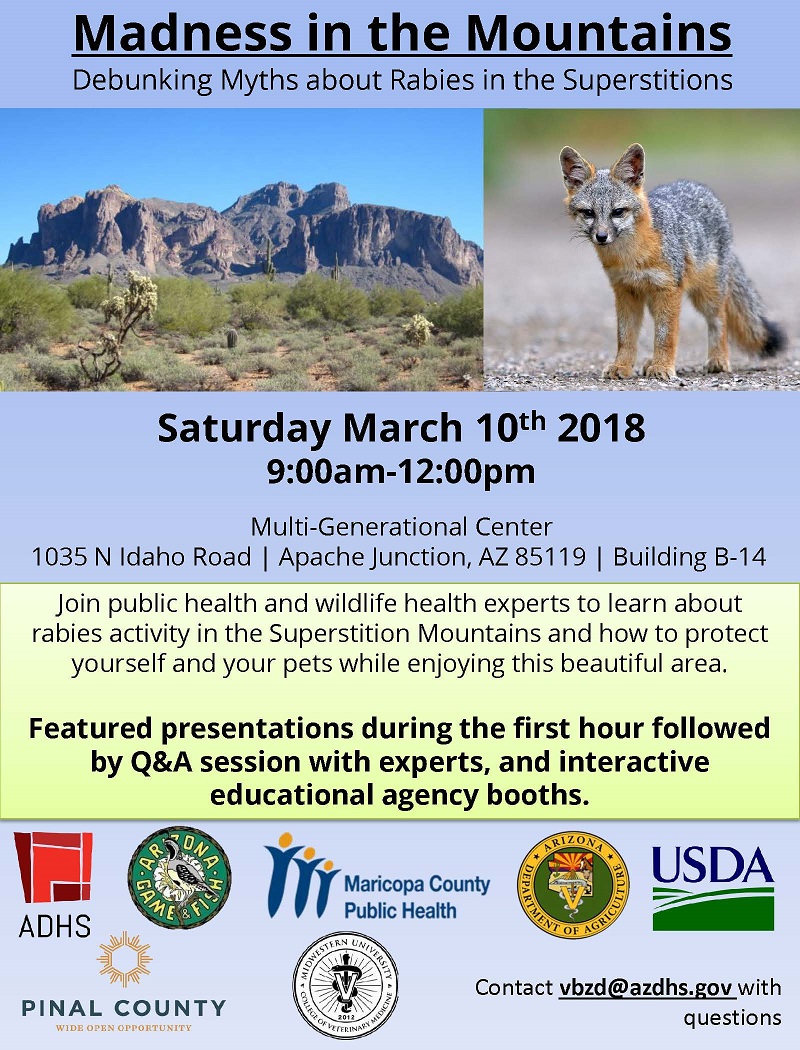Sudden cardiac arrest is a leading cause of death in Arizona (7,600/year). Because Arizona’s EMS agencies (including more and more 911 centers) have implemented key interventions, the survival rate from Sudden Cardiac Arrest in Arizona has increased by 300% since 2004. Arizona’s pre-hospital and EMS system has become a model that has been adopted across the country- and now is shaping international models for cardiac arrest. This success isn’t an accident – it is because our EMS System stakeholders made it happen.
How did we get there? Basically, it’s our unique Save Hearts in Arizona Registry and Education (SHARE) program- which is a public-private partnership bringing together the agencies in the Chain of Survival for Sudden Cardiac Arrest including the public, 9-1-1 dispatch centers, trained EMS providers and community hospitals. Some of the system interventions that have enabled us to triple survival rates when compared to the rest of the country include:
- Public training events to recognize cardiac arrest and how to perform bystander CPR;
- Implement new 9-1-1 dispatcher pre-arrival instructions to recognize cardiac arrest and start CPR more quickly;
- Data collection and analysis that guides quality improvement efforts;
- Extensive and on-going performance evaluation and competency training of EMS folks;
- On-going evaluation of resuscitation attempts along with participation in quality improvement initiatives;
- Seamless integration of care between first responders and EMS transporting entities;
- Involvement in numerous local, national, and international EMS care initiatives and training conferences; and
- Buying pre-hospital ECG and transmission equipment to facilitate early treatment within hospitals.
Not only that- we’ve been measuring and publishing our results all along the way. By publishing- we’re able to show the world what we’ve accomplished so that the pre-hospital systems all around the world can do what we’ve done. Here’s a list of 16 peer-reviewed publications that highlight the significant improvements in cardiac arrest survival in Arizona.











